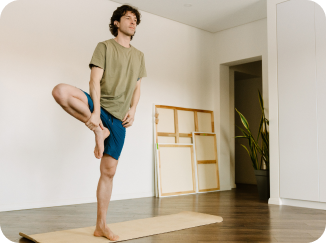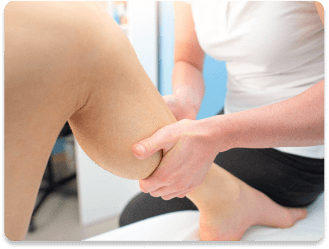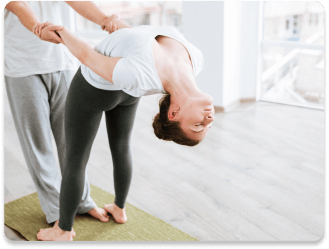What is Spondylolisthesis?
Spondylolisthesis is a condition where one of the bones in your lower back (called a vertebra) slips forward over the bone beneath it. This can put pressure on nearby nerves and cause pain or stiffness in the back.
We often see this condition among individuals who’ve had stress fractures on both sides of the lower spine, especially young athletes involved in sports that require a lot of bending or twisting, like gymnastics or football. It can also be caused by muscle degeneration as we age.
Some of the typical symptoms of spondylolisthesis are lower back pain, tight hamstrings, leg pain or numbness, and stiffness. Fortunately, spondylolisthesis can usually be managed without surgery, and we see many people (including professional athletes) train and perform at a high level with the right management and guidance.
By focusing on core and lower back strengthening, patients can stabilise the spine, reduce pain, and get back to life as normal.








